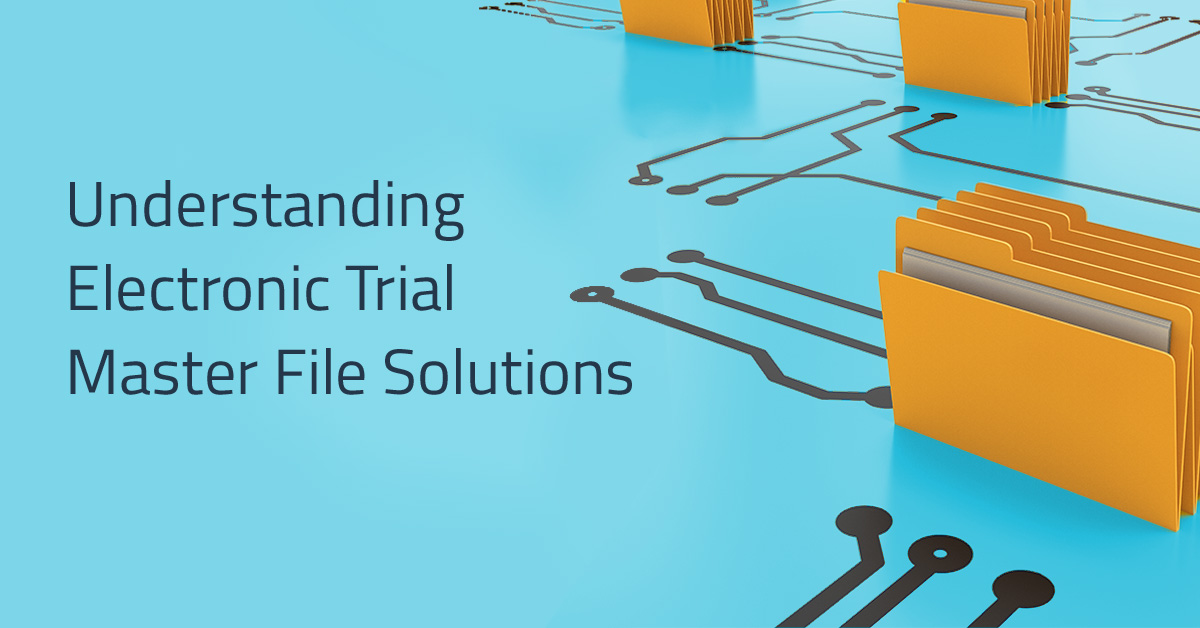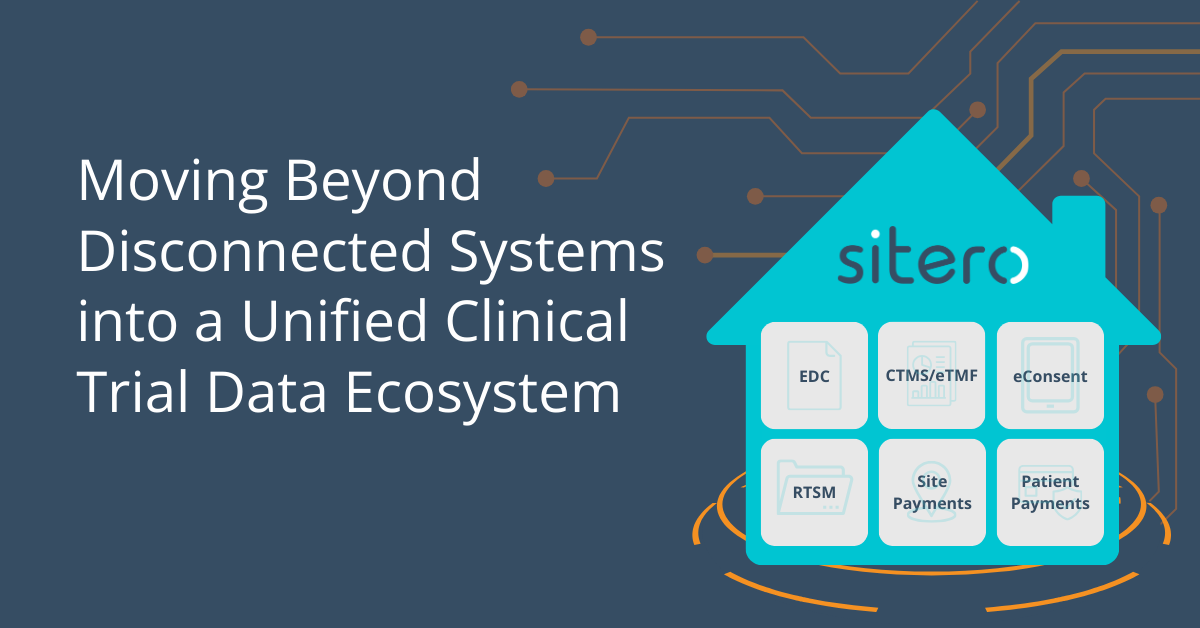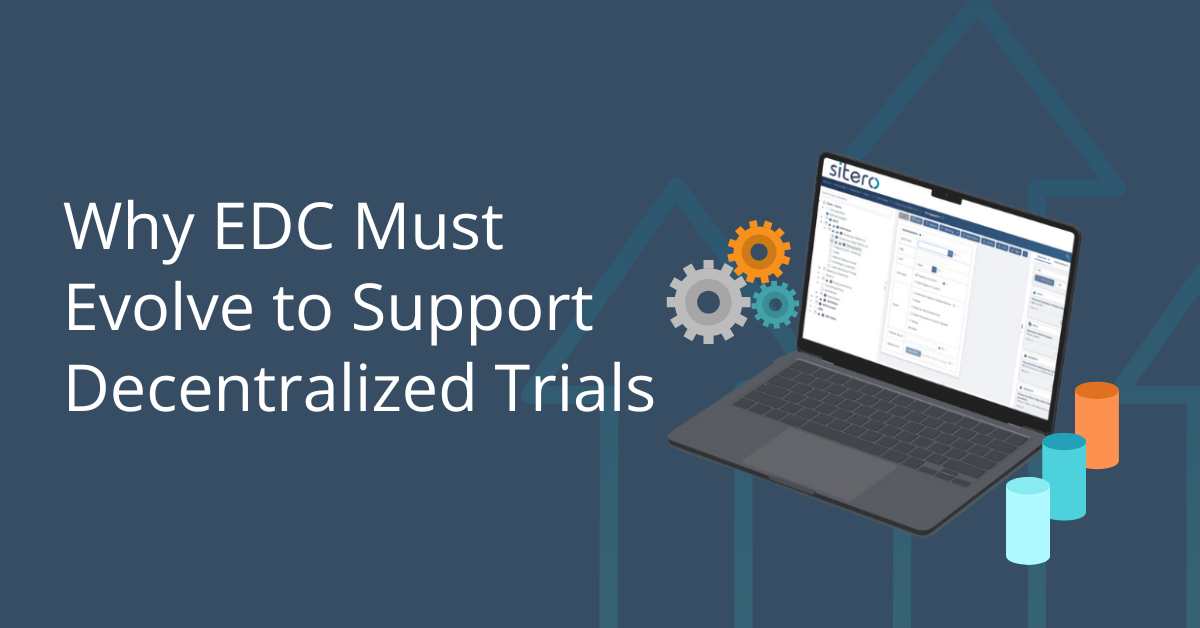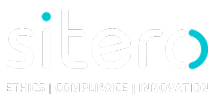
Understanding Electronic Trial Master File (eTMF) Solutions
Author: Jeremiah Rehm, Senior Product Manager
An Electronic Trial Master File (eTMF) revolutionizes the management of clinical trial documentation, replacing the traditional and cumbersome paper-based Trial Master Files (TMFs). By digitizing and organizing trial-related documents, eTMF solutions offer the efficiency and accessibility critical to modern clinical research.
At its core, an eTMF is an electronic system to store and maintain the required documentation for the duration of a clinical trial. Unfortunately, the true purpose of an eTMF has become buried under a mountain of unnecessary features and bloated functionality over two decades of running in parallel as a separate product category.
In exploring the essence of a traditional TMF, fundamental questions arise, shaping their design and function. Understanding the rationale behind standalone eTMF solutions, their historical evolution, and potential integration with broader eClinical suites is imperative. There are several important questions to consider when answering the question: “What is the true purpose of an eTMF?” including:
- Why do eTMF solutions typically exist as standalone services requiring integration?
- What additional value, if any, does a standalone eTMF deliver to users?
- Would embedding eTMF within an existing eClinical product be a better approach?
- Which roadmap strategy yields maximum value for established eTMF users?
The Evolution of eTMF Solutions
As the Life Sciences industry began taking advantage of technology to shift historically paper based TMFs to electronic formats, it made sense to adopt principles and infrastructure from the already well-established document management industry. At the time, using this approach allowed organizations to quickly gain efficiency in managing clinical trial documents and streamline traditional TMF submissions to regulatory agencies. Especially in situations when a corporate document management system (DMS) was already being used for purposes outside clinical trials. This also meant an investment in a DMS could be further maximized by extending it with eTMF functionality.
The first generation of eTMF solutions made some incremental efforts to ensure the privacy, security, and compliance requirements within the clinical trial industry were met. Enhancements were made such as tracking sponsor-site relationships to maintain investigator site files (ISFs) as well as improved version management including an embedded activity log. Some eTMF vendors fell into the trap of over-building their solutions because it was a standalone product and they needed to be able to justify the cost of implementation and maintenance.
While modifying software in this manner often requires significant development and validation cycles, it can also produce innovative features such as AI-assisted identification of red flags, which proactively notifies the proper person when an issue requires further investigation. There are currently multiple software vendors providing full-featured, document management-based solutions as industry-targeted eTMF products, which certainly meet the regulatory requirements but also include more than needed within a full-featured eTMF.
Does an eTMF Need to be a Standalone System?
The short answer here is, “No.” An eTMF simply does not need to be a separate software solution and truly never should have been. Viewing eTMF functionality as an optional module embedded within another eClinical solution such as a Clinical Trial Management System (CTMS) changes the paradigm of building, validating, and maintaining a unified solution from a single vendor. Especially considering CTMS already tracks clinical trial information such as key dates, statuses, and milestones. It should also securely store the related document files within this existing context.
One of the most significant strategies learned over years of working with various organizations, industry regulators, and eTMF experts is that a one-size-fits-all approach to any software solution will never work. Some companies will continue to use the traditional full-featured eTMF system that stands alone while connecting to other eClinical systems via integration(s). However, the best fit for more forward-thinking organizations is a CTMS-embedded eTMF functionality delivering meaningfully more value at a significantly reduced cost, both in terms of initial implementation as well as on-going maintenance.
Any organization looking for an eTMF solution should ask themselves, 1) “What eTMF features are most important for our organization?” and 2) “Have we considered an integrated CTMS/eTMF combo-package solution from a single vendor?” It is important to carefully consider what your organization truly requires and how much cost and complexity are acceptable to meet those needs. Be aware that a range of eTMF functionalities as well as product strategies are now available before making a final decision.
Sitero’s Journey: Integrating eTMF and CTMS
Sitero confronted and overcame unexpected challenges while integrating eTMF functionalities into an existing CTMS solution. Recognizing the value of combining these capabilities, the team embarked on a mission to develop a comprehensive solution maximizing efficiency and usability for the user community.
We quickly realized that organizations only need core eTMF functionality, such as secure document storage, and not an additional system running in parallel to their already deployed eClinical solutions, which requires troublesome custom integration(s). Furthermore, organizations needed eTMF capabilities at a much lower price point than currently offered by other standalone systems. This, of course, led to carefully considering, would a more streamlined approach provide significantly more value? This question started a discovery process involving numerous, in-depth discussions with regulatory, clinical trial, and documentation experts about the absolute must-haves for an eTMF solution as well as how those could be best implemented in an easy-to-use framework.
Returning to the core question: does an eTMF need to be a standalone system? We discovered it makes more sense to embed this functionality into an existing eClinical solution, which already manages study information in a secure, compliant manner. Sitero’s philosophy for eTMF implementation grew out of these conversations and drove the development of the current CTMS/eTMF combo-package being delivered as a unified solution requiring absolutely zero integration between them.
By delivering a combined CTMS/eTMF solution, Sitero provides the core features needed for regulatory-compliant document storage while improving efficiency because the solution is purpose-built for the clinical trial environment. In addition, Sitero was able to take advantage of existing CTMS functionality to reduce the number of integrations and vendors required; all without bloating the solution with unnecessary bells and whistles that simply drive up the eTMF price point.
What are the Core eTMF Features Needed Within a CTMS?
At the most basic level, to meet the definition of an eTMF, the system must securely store the essential documents for a clinical trial in a regulatory-compliant manner from the beginning of the study through trial close-out, and safely archive them in a standard format for potential future auditors.
There are several key regulations, policies, and guidelines around the structure, content, management, and archiving of a compliant eTMF, including those by the U.S. Food and Drug Administration (FDA), the European Medicines Agency (EMA), and International Council for Harmonization (ICH). The regulatory requirements of an eTMF include:
- The documents remain complete and legible throughout the trial and required post-trial period.
- The documents are not altered or destroyed without authorization.
- Role-based permissions are implemented to ensure controlled access.
- The documents are available for audit and for inspection by regulatory authorities.
- The system provides document identification, version history, search, and retrieval.
Additional Features to Consider for a CTMS/eTMF Solution
In addition to these regulatory requirements, the first question typically asked by potential clients is whether the CTMS/eTMF combo-package supports the DIA TMF Reference Model. This important question takes the guidance and regulations a step further by defining standardized content, structure, terminology, and metadata for TMF solutions; regardless if they are digital or not.
This information can be extremely useful to ensure consistent categorization of domains (e.g., study-, country-, and site-level documents), artifacts, and timepoints. Benefits of this standard include common TMF structure across companies for regulatory agencies, auditors, sponsors, CROs, clinical sites, and other third parties. It is also easier to consolidate the many disparate clinical trial documents into a single repository, which provides significant advantage when working with partners and vendors.
The second question asked by potential CTMS/eTMF combo-package clients after they learn it supports the DIA TMF Reference Model is, “Can we customize the defaults to exactly match our terminology and document categories?” And the answer to this question is, of course, “Absolutely!” This response might seem obvious at first but becomes a significantly larger consideration when conducting medical device studies that require a much different categorization and terminology structure than traditional pharma trials.
Conclusions
Understanding Electronic Trial Master File (eTMF) solutions is paramount when navigating the complexities of modern clinical research technologies. Throughout this exploration, we’ve unearthed the true purpose of traditional TMFs, traced their evolution into eTMFs, as well as pondered the necessity of standalone digital solutions using integrated approaches versus truly embedded eTMF functionality within an existing CTMS.
At its core, an eTMF serves as a digital repository for maintaining essential trial documentation. However, this fundamental purpose often gets obscured amidst layers of unnecessary functionality that simply bloats the price without adding value. Understanding the rationale behind standalone eTMF solutions and then using this knowledge to embed their capabilities into broader eClinical suites is crucial for optimizing utility as well as streamlining the user experience.
Sitero’s journey into embedding eTMF capabilities with an existing solution sheds light on the quest for a more streamlined approach and product strategy. Recognizing the value of combining core eTMF functionality with an industry leading CTMS, Sitero delivers a comprehensive solution that maximizes efficiency and usability for any organization involved in the conduct and management of clinical trials.
Contact us to explore how an embedded, streamlined solution such as Sitero’s CTMS/eTMF combo-package can enhance efficiency, compliance, and collaboration within your organization as well as significantly reduce the time and effort required to complete regulatory submissions.
The future of clinical trials is a unified, interoperable ecosystem. Sitero’s Mentor platform is leading this transformation, ensuring that clinical trials are more efficient, compliant, and streamlined than ever before. Learn more in our latest blog:
Today’s trials require data entry from anyone, anywhere including patients, sites, home nurses, and remote investigators. Learn why EDC systems must evolve to support decentralized trails in our latest blog:




